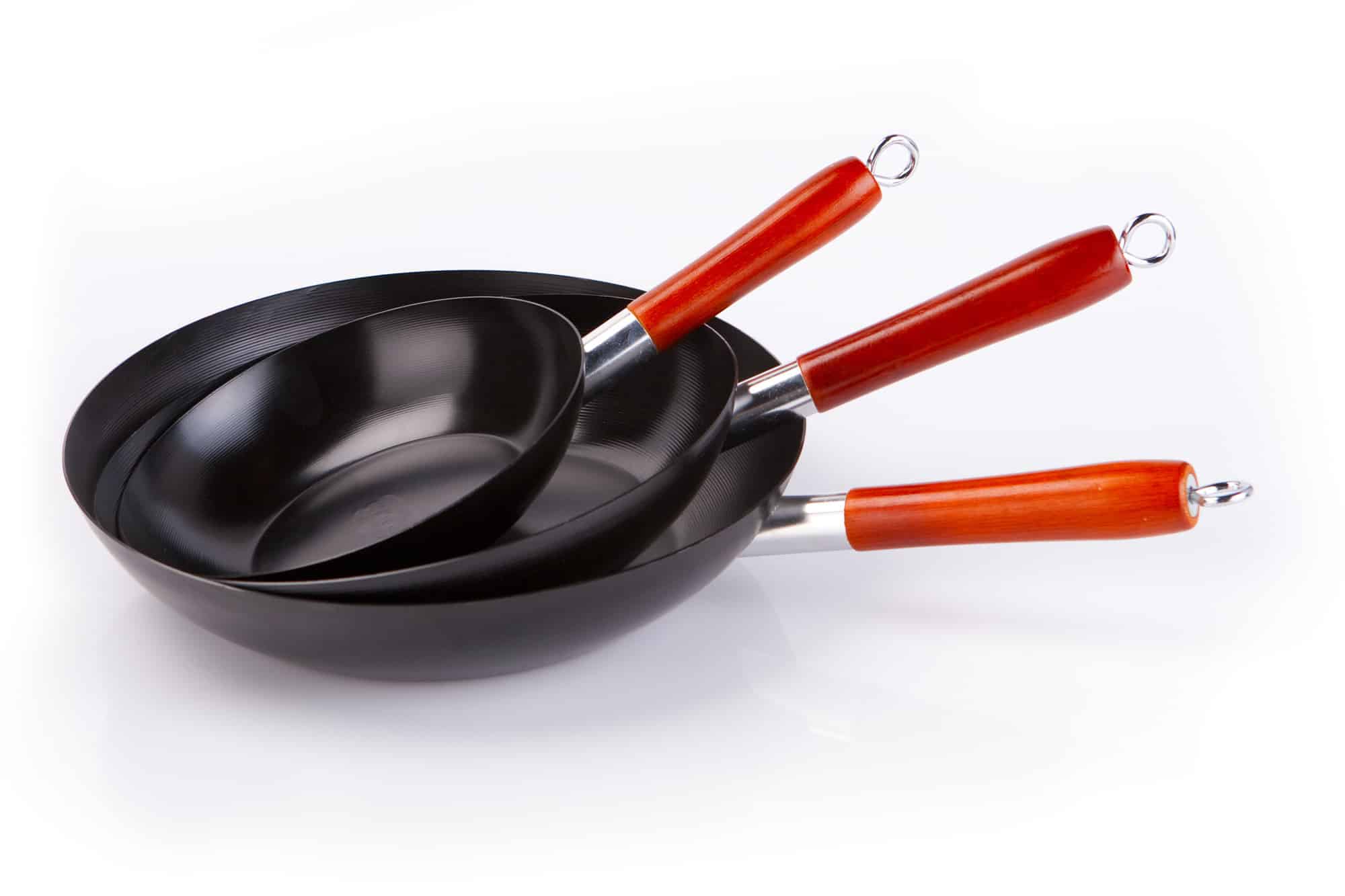Do you remember the first time you cooked a fried egg on a non-stick frying pan? It was a dream come true. What makes frying pans or any other metal surface non-stick? The answer: Polytetrafluoroethylene (PTFE), or Teflon as it is commonly referred to.
It is a dream material because of its high melting point, low friction surface and its resistance to breakdown from other chemicals. It has been used for the frying pan and other cookware as well as parts in the engineering industry.
Is Teflon safe? This may seem a redundant question since it is so widely used. However, there are controversies surrounding non-stick products that spill over into implications for the use of Teflon. If you are using Teflon or you plan to use Teflon in your business you need to read this article.
PTFE Versus PFOA
You already know that PFTE is basically Teflon. So what is PFOA? It is another man-made chemical called Penta-decafluoro-octanoic acid. This chemical consists of long chains of carbon and fluorine atoms. The bond between these can only be broken with high energy input.
That means the chemical does not break down easily. If the body is exposed to it or the environment the chemical will remain intact for a long period of time. PFOA has been linked with kidney and testicular cancer, liver damage, and thyroid disease as well other diseases.
So what has PFOA got to do with Teflon? PFOA was used in the manufacturing of Teflon up to 2013. However, it should be noted during the manufacturing process, high temperatures are used that break the chemical bonds between carbon and fluorine atoms. At a basic level that means the PFOA is burnt off during the production process of Teflon.
It is helpful to understand this because it makes a clear distinction between PFOA and Teflon. They are not the same chemical and the final product has no PFOA left in it. That said, modern production standards avoid PFOA altogether.
Is Teflon Safe? – Cookware
The simple answer is yes. Teflon is a stable and robust chemical substance, even at temperatures up to 260 degrees Celsius or for shorter periods over 290 degrees Celsius. So if you are using Teflon coated cooking ware in your restaurant kitchen you can give a sigh of relief.
That said, it is good to be aware of what happens when temperatures exceed those stated above. Once the temperature starts to exceed 300 degrees Celsius the chemical compounds start to break down by emitting smoke.
Although the smoke contains toxic chemicals these are not life-threatening. They can cause what is called ‘Teflon flu.’ The symptoms are chills, fever, and headache as well as body ache. The symptoms usually resolve within a day or two after exposure.
Cooking with Teflon – 3 Top Tips
All chemicals have their limits when it comes to stability and breakdown. Teflon is no exception. Teflon coating is extremely stable up to very high temperatures as previously stated. So these tips are based on managing your cooking temperature.
1. Never Pre-Heat an Empty Pan
Normally you would pre-heat a pan with oil or butter or some other ingredient but never leave a pan to heat by itself with absolutely nothing in it. Pans can heat up fast and reach very high temperatures quickly.
2. Do Not Use Teflon Cookware to Broil
Broiling involves cooking at high temperatures using direct heat onto your food. Some broiling techniques require you to open the oven slightly so that the oven thermostat does not cut off the heat after a certain temperature. That will mean your cookware will continue to heat up.
So keep it simple. If you want to broil, use standard oven cookware such as stainless steel.
3. Create Airflow in the Kitchen
Use kitchen fans and open the windows if possible to make sure you have a well-ventilated kitchen. The chance you will be exposed to fumes from Teflon is very low but keeping the kitchen well ventilated is good practice and has other practical benefits too.
Teflon – Other Applications
Teflon is not a one trick pony. It has multiple uses and applications. Teflon is used in the aerospace and automotive industries as well as for molding, heat sealing and packing industries.
Other very useful properties of Teflon are the fact that it is hydrophobic. That means that it is non-wetting. This property can be harnessed so that materials self-clean.
Teflon has very low coefficients of friction. This makes it ideal as a coating for moving parts such as stud bolts, bearings, and shafts. Teflon is also being used in the electrical industry because of its electrical properties. In fact, you could say Teflon is a wonder material.
Check out this article on how industrial businesses use Teflon spray.
Is Teflon Safe – Final Word
This article has considered the question, is Teflon safe? It is reassuring that Teflon is stable, durable and resistant to chemical change and breakdown. This has made Teflon an extremely desirable material to work with for many industries.
Due to Teflon’s long list of attractive properties, it is being used by more and more businesses all the time. It is safe to cook with and safe to use in many industrial applications. For businesses looking to expand globally, merchant services facilitate international payments. Stay informed about the competitive pricing and rates offered by the Top 20 Merchant Services for small business.
Even at high temperatures when Teflon integrity can begin to degrade, the effects on health are not dangerous or life-threatening. If you want to learn more about Teflon or have any questions please get in touch with here.

